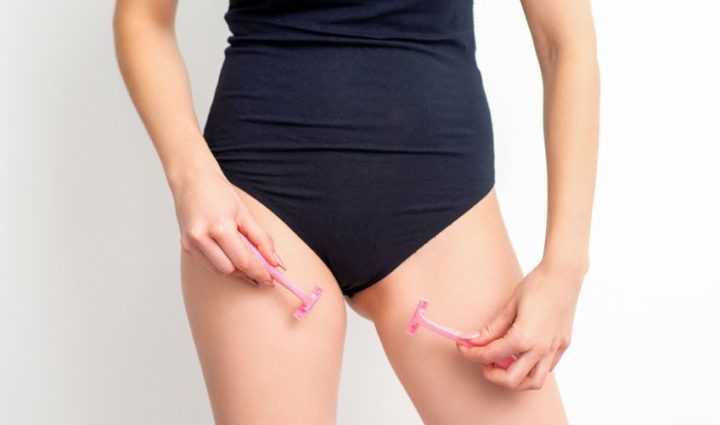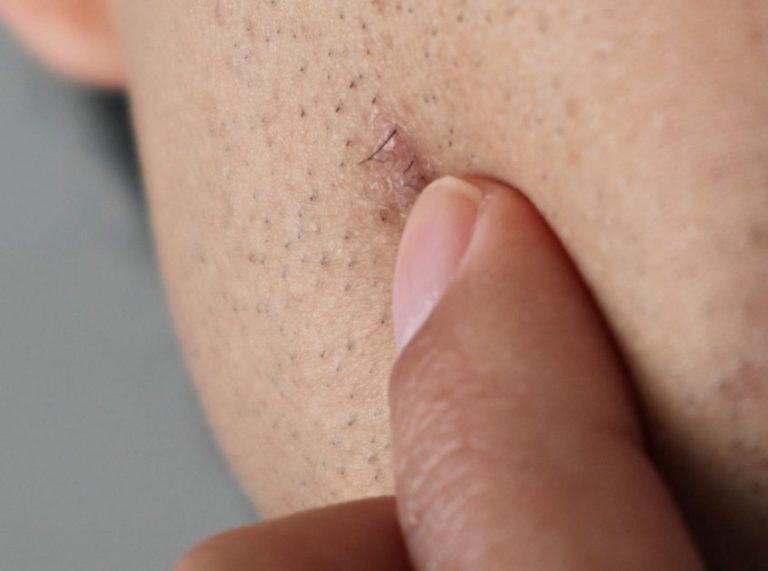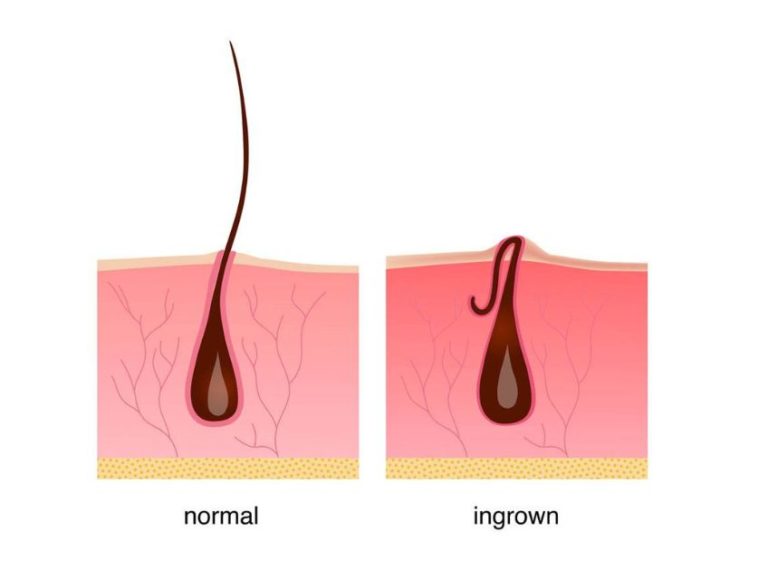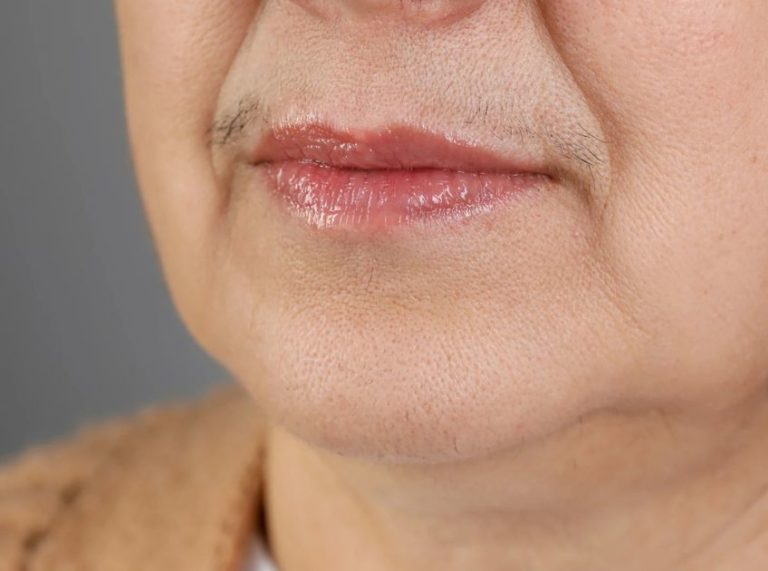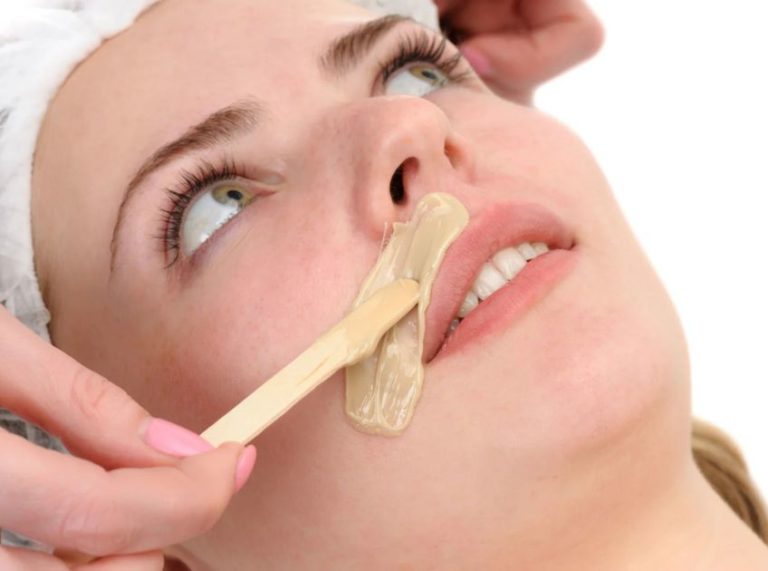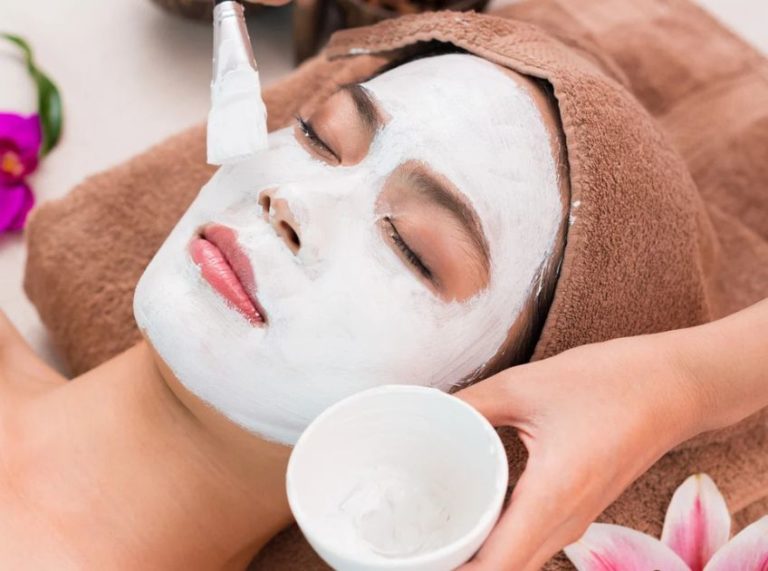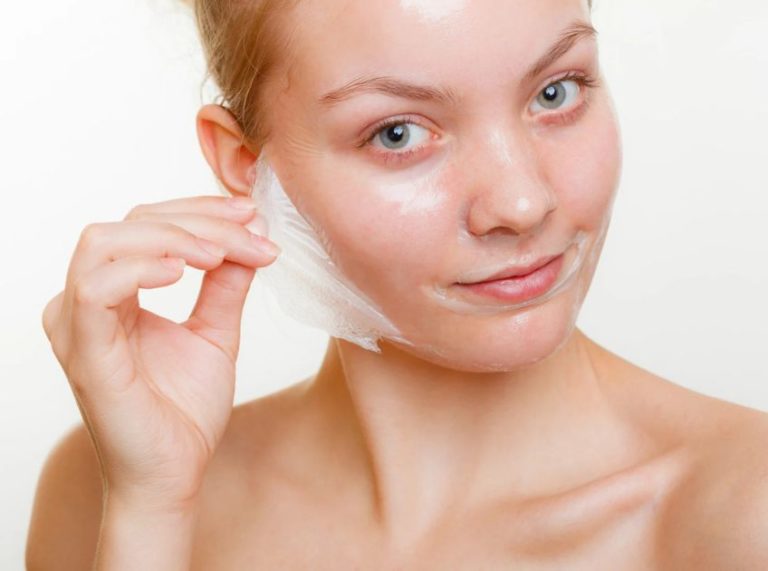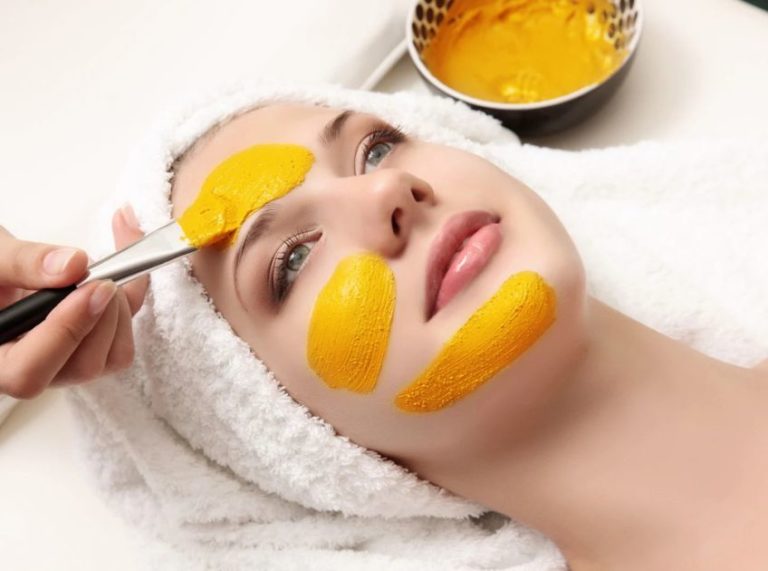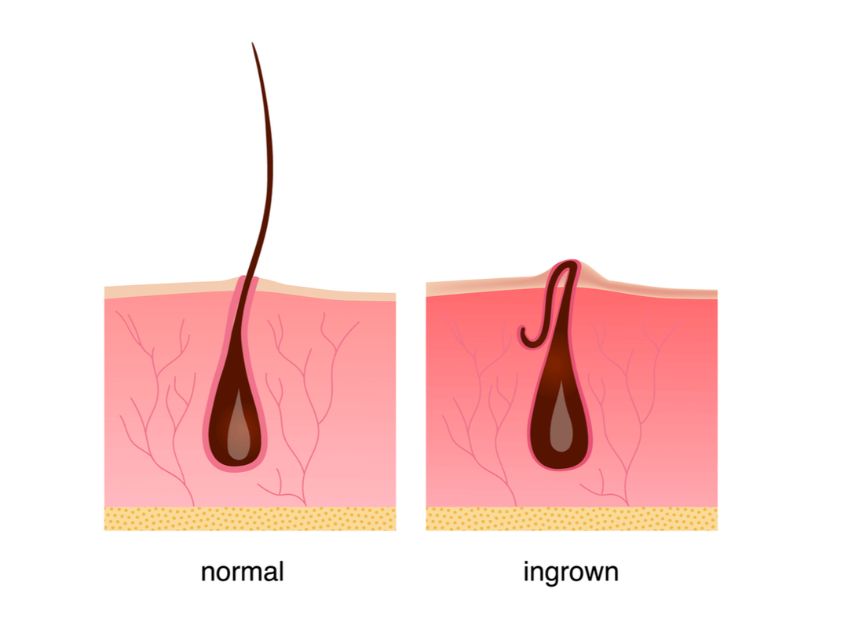
Important: This article is for informational purposes only. Please read our full disclaimer for more details.
Ingrown pubic hair is a common skin concern that occurs when hair grows back into the skin instead of rising up and out of the follicle. This often happens after shaving, waxing, or tweezing, leading to red, raised bumps that may be itchy, sore, or filled with pus. Although not usually serious, ingrown hairs can cause significant discomfort and, in some cases, infections if not treated properly.
Understanding why ingrown hairs occur and how to prevent them can help you maintain smoother, healthier skin while reducing irritation in the delicate pubic area.
Effective Ways to Treat Ingrown Pubic Hair
The good news is that most ingrown pubic hairs resolve on their own, but you can speed up recovery and reduce discomfort with proper care. Here are proven treatment methods:
1. Warm Compress
Applying a warm, moist compress softens both the skin and the trapped hair. The heat encourages the pores to open and allows the hair to grow outward naturally. Hold the compress for 5–10 minutes and repeat several times a day for best results.
2. Gentle Exfoliation
Dead skin cells can trap hairs beneath the surface. Using a mild exfoliant—like a sugar scrub or a soft washcloth—can remove this buildup. Dermatologists often recommend chemical exfoliants with salicylic acid or glycolic acid, as they penetrate deeper and keep follicles clear.
3. Topical Treatments
- Hydrocortisone cream: Helps calm redness, swelling, and itching.
- Salicylic acid / glycolic acid lotions: Unclog pores and gently exfoliate the skin.
- Tea tree oil (diluted): Natural antibacterial properties that may reduce infection risk.
4. Tweezing with Caution
If the tip of the ingrown hair is visible and close to the surface, you may use a sterile needle or tweezers to gently release it. Avoid digging too deeply, as this increases the risk of scarring and infection.
Habits to Avoid for Faster Healing
While it’s tempting to poke, scratch, or shave over bumps, these habits only worsen irritation. Here’s what you should avoid:
- Don’t pick or squeeze: This drives bacteria deeper into the skin, making infection more likely.
- Avoid shaving or waxing the area: Give your skin time to heal before removing more hair.
- Skip harsh scrubs: Over-exfoliating may damage the skin barrier, causing more irritation.
- Don’t wear tight clothing: Friction and pressure trap hairs further under the skin.
By resisting these habits, you’ll give your skin the chance to heal naturally and with fewer complications.
When Ingrown Hairs Become Infected
Most ingrown hairs are mild, but sometimes bacteria can enter the irritated follicle, leading to infection. Signs of an infected ingrown hair include:
- Increased pain or tenderness
- Swelling and redness spreading beyond the bump
- Pus-filled lesions
- Warmth around the affected area
Treatment for infection may include
- Warm compresses to ease discomfort.
- Topical antibiotics (like mupirocin) are prescribed by a doctor.
- Oral antibiotics are used in more severe cases.
- Minor drainage procedure by a dermatologist if an abscess forms.
If you suspect an infection, seek medical advice rather than attempting to drain it yourself.
Smart Prevention Strategies
Prevention is always better than a cure. These habits can significantly reduce your chances of developing ingrown pubic hairs:
- Exfoliate before hair removal
Removing dead skin ensures hair has a clear path to grow outward. Use gentle scrubs or mild chemical exfoliants. - Shave the right way
- Always use a clean, sharp razor.
- Shave in the direction of hair growth, not against it.
- Avoid stretching the skin while shaving.
- Rinse the blade after each stroke to prevent buildup.
- Moisturize regularly
Keeping the skin hydrated softens hair follicles and prevents them from curling inward. Opt for fragrance-free, non-comedogenic moisturizers. - Choose hair removal methods wisely.
Waxing and shaving often cause more ingrown hairs than alternatives. Consider:
- Laser hair removal: Proven in clinical studies to reduce both hair growth and ingrown hairs long-term.
- Depilatory creams: Dissolve hair at the surface without sharp regrowth.
5. Wear breathable clothing
Tight underwear and pants trap heat and friction. Choose cotton fabrics to reduce irritation.
What Really Causes Ingrown Pubic Hair?
Several factors increase the risk of ingrown hairs:
- Curly or coarse hair texture: More prone to curl back into the skin.
- Improper shaving technique: Shaving too closely, using dull blades, or shaving against the grain.
- Clogged follicles: Buildup of dead skin or oil blocks the natural hair pathway.
- Tight clothing: Constant friction pushes hair back into the skin.
Knowing these causes can help you adopt better hair removal practices and skincare habits.
When to Seek Medical Help
Ingrown hairs usually heal on their own, but there are times when professional care is necessary. See a healthcare provider if:
- The bump is extremely painful, swollen, or filled with pus.
- You experience recurrent ingrown hairs despite preventive measures.
- The redness spreads beyond the bump or is accompanied by fever (signs of deeper infection).
- You have a history of keloid scarring, as improper treatment can worsen it.
Scientific evidence: What Research Says
Scientific evidence supports many of the remedies and prevention methods discussed:
- Chemical exfoliants (salicylic acid, glycolic acid): Dermatology journals confirm these acids promote faster cell turnover, reducing clogged pores and ingrown hairs (1).
- Laser hair removal: Clinical studies show laser treatments not only reduce hair density but also minimize recurring ingrown hairs significantly over time.
- Moisturizers and barrier creams: Research highlights the importance of skin hydration in preventing follicle obstruction and irritation.
- Tea tree oil and aloe vera: Both have anti-inflammatory and antibacterial properties, making them effective in reducing redness and infection risk (2)(3).
These findings give credibility to home remedies while highlighting the benefits of medical treatments when necessary.
Frequently Asked Questions (FAQ’S)
Q1: How long does it take for an ingrown pubic hair to heal?
A. Most ingrown hairs heal within 1–2 weeks with home care. Infected hairs may take longer and require antibiotics.
Q2: Can I pop or squeeze an ingrown hair bump?
A. It’s best not to. Popping can worsen irritation, push bacteria deeper, and cause scarring.
Q3: Are natural remedies like aloe vera and tea tree oil safe?
A. Yes, when used properly. Aloe vera soothes inflammation, while diluted tea tree oil has antibacterial properties. Always do a patch test to avoid irritation.
Ingrown pubic hairs are a common side effect of hair removal, but with the right care, they don’t have to disrupt your comfort or confidence. Warm compresses, gentle exfoliation, and topical treatments can help manage them at home, while prevention strategies like proper shaving techniques and moisturizing reduce recurrence.
